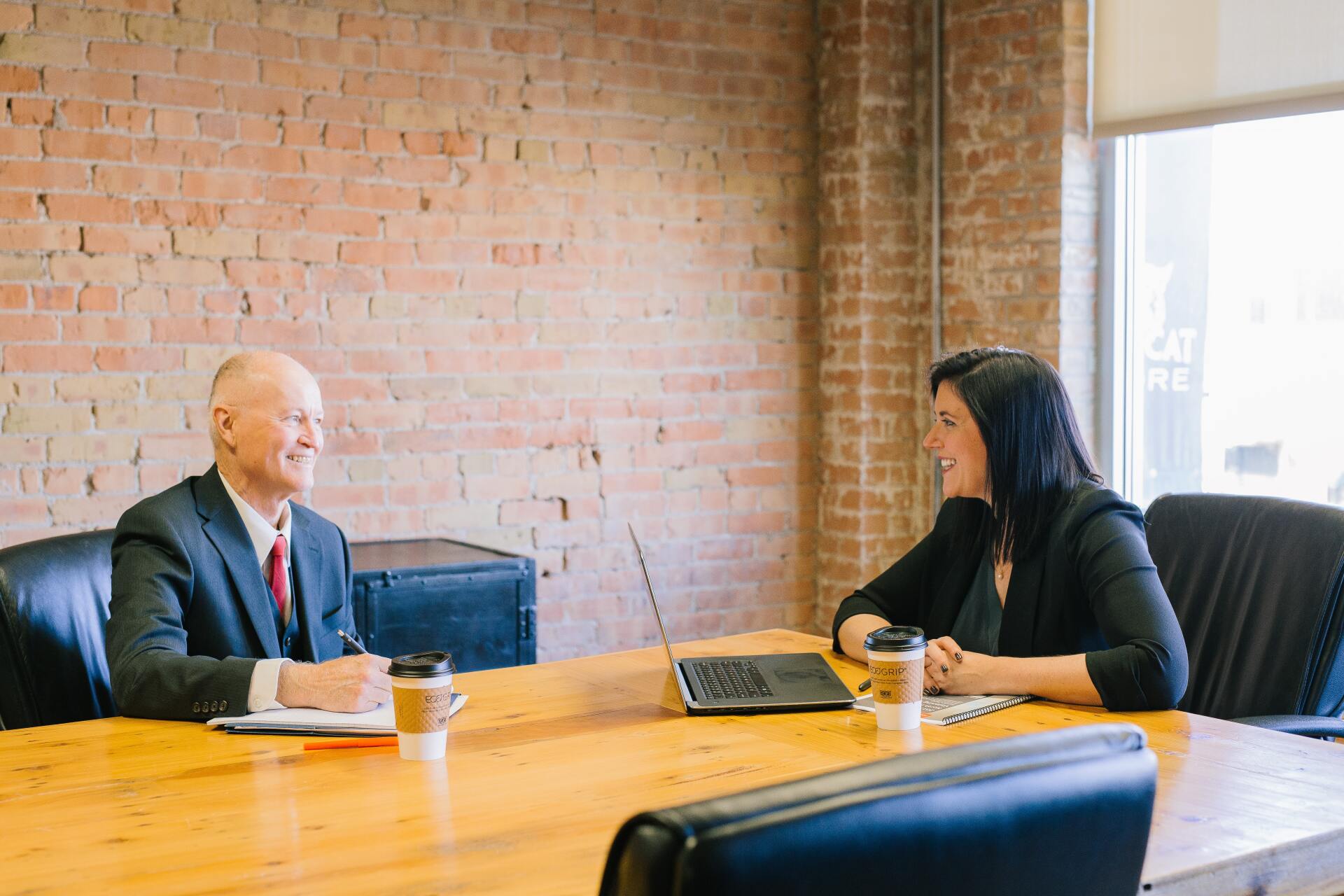Taking Care of Employees As They Come Back to the Office
Peta Seaman • August 10, 2020

The COVID-19 pandemic recently turned the global business community upside-down by sending everyone home in emergency self-quarantine. Overall, businesses tackled the challenges spectacularly. Employers strove to provide for employees and to build the remote network necessary for everyone to work-from-home. Laptops were sent, internet plans were sponsored. A recent people2people study in Australia and New Zealand cites that "91% of career seekers have been sufficiently set up by their employers to work safely at home". Great job, employers!
However, those members of the workforce who are still working onsite or are coming back to the office are seeing less support. Fewer employees working in the office report being supported either by leadership or with sufficient IT and 50% said they were worried about their wellbeing and how they were going to cope. Businesses that have stepped up to support their remote teams are falling into old habits when managing those employees in the office. How can we, as the employing force, help to welcome and protect our onsite employees who are risking their health to get the job done?
Little Touches of a Personal Safety Plan
Your business, no doubt, has a detailed personal safety plan for onsite employees. This will include wide-sweeping policies and--hopefully-- the personal safety supplies needed so employees aren't buying sanitizer out-of-pocket. Sanitizer dispensers, face masks, and alcohol wipes are essential to keeping everyone safe. Don't just implement the new policies, do so with real thought for the employees onsite.
Place things in convenient places. Make sure all bases are covered. Email your team to ask if there's anything that would make them feel/be even safer than policies provide for. Put in the effort and your team will feel the appreciation for their risk being in the office.
Inspiring Leadership and Emotional Support
Emotional support from the leadership is very important in times like these. Everyone is scared and we could all use a weekly pep-talk. "88% of employees working from home noted they had received strong emotional support from their leaders." Unfortunately, only 67% of employees who are working onsite felt emotionally supported during this crisis.
There's a cultural expectation of a "stiff upper lip" attitude at work, and therefore people working in the office somehow need less support than those in the comfort and safety of their homes. Don't accidentally make this oversight. Provide just as much leadership and emotional support to both in-office and remote team members.
Sufficient Technical Support in Understaffed Offices
Of the survey respondents, significantly fewer onsite employees felt that they received sufficient technical support to make it through this complicated transitional time. As we mentioned before, an astounding 91% of respondents said they received sufficient work-at-home technical support.
This highlights that businesses are pouring effort into the new remote workflow, but may be neglecting to comparably upgrade support for workers in the office. Either upgrade your onsite IT or connect your onsite team to the resources now available to remote employees.
Inclusion in Remote Teams & Social Groups
In times of crisis, people come together by any means available. Some incredible communities, social groups, and new team workflows have developed since the pandemic. However, this can actually leave your onsite employees feeling left out. Make sure to include them in team meetings that happen online. Just because they can walk to the meeting table doesn't mean meetings are being held there. Keep your onsite team in the loop and part of the new social groups forming between remote teams.
Immersive Telepresence of Remote Team Members
Telepresence is the art of representing someone remote as if they were present. Some examples include dedicating one whole screen per face in a half-remote meeting. Another is to give remote attendants a wheeled tablet to actually explore the facility. Simple or complex, telepresence can help your onsite team members feel less like they're working in an empty office. If you have the resources and extra computer equipment, use them to help your onsite team hold down the fort in style, with the comforting digital presence of their remote colleagues.
New Zealand and Australia are on the way to recovery and many businesses are phasing into a dual-team workflow with employees both onsite and at home. Be sure to treat your onsite teams with as much (or more!) consideration than your freshly established remote team members. Make sure they are safe, lead and support them, and adapt the half-empty workplace for the comfort of those brave employees who come into the office.
Find the job you love I Find the right talent
Get in touch with people2people
Australia
I
United Kingdom
In business since 2002 in Australia, NZ, and the United Kingdom, people2people is an award-winning recruitment agency with people at our heart. With over 12 offices, we specialise in accounting and finance, business support, education, executive, government, HR, legal, marketing and digital, property, sales, supply chain, and technology sectors. As the proud recipients of the 2024 Outstanding Large Agency and Excellence in Candidate Care Awards, we are dedicated to helping businesses achieve success through a people-first approach.






